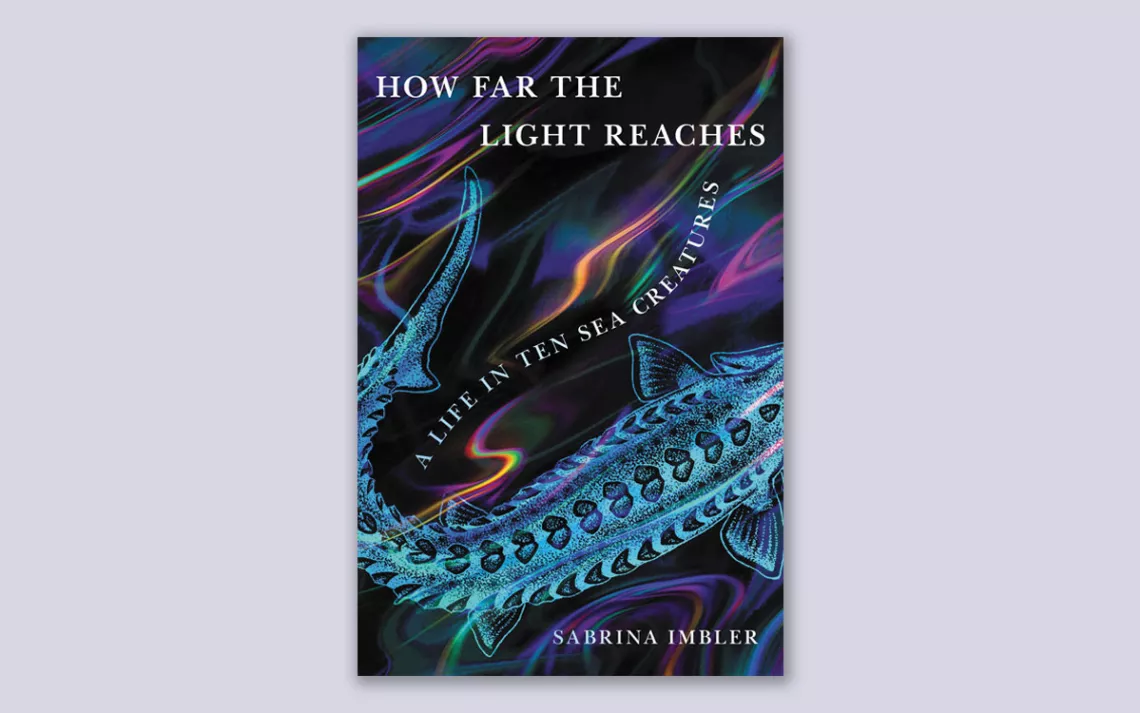A Search for "How Far the Light Reaches"
Sabrina Imbler's new book draws profound connections between the wonders of life

On a warm day in September, "shimmering heaps of gelatinous blobs" filled the ocean off Riis Beach in New York City. Those blobs were most likely salps—marine invertebrates that survive in chains of clones, growing and moving as one unit. For Sabrina Imbler, the salps they encountered that day at the beach were a mirror of the queer community that finds joy and togetherness there. The beach is, as Imbler writes in How Far the Light Reaches: A Life in Ten Sea Creatures (Little, Brown; 2022), "where I can see everyone I love, or at least everyone I love who is queer and lives in New York." It's a place to "soak up all this love until it rolls down our backs in salt and we jump, screaming, into the water."
Imbler draws profound connections between the wonder of life hidden in the ocean and their own life experiences. In 10 essays, they empathize with and celebrate the vivacity of microfauna and unusual critters at all depths of the ocean. Each essay blossoms with personal anecdotes and reflection: The shape of a whale is like the arc of a relationship; the glittering stripes of a butterfly fish mirror the author's mixed-race identity; the starvation of an octopus recalls disordered eating. The essays resist tidy summaries and neat conclusions. Instead, Imbler lays bare the inherent messiness of living a life—whether that life takes place underwater or on land.

Sign up to receive Sierra News & Views
Get articles like this one sent directly to your inbox weekly.
With this action you affirm you want to receive Sierra Club communications and may vote on policy designated by the Sierra Club Board.
"It will always be dangerous, in a way, to live on this earth," Imbler writes, apropos of the cuttlefish. But Imbler is buoyed by creatures' enduring resiliency in the water—the cuttlefish's enigmatic visual communications, the sturgeon's struggle for survival in the Yangtze River, the yeti crab's search for a home on hydrothermal vents. "Life always finds a place to begin anew," Imbler writes, "and communities in need will always find one another and invent new ways to glitter, together, in the dark."
 The Magazine of The Sierra Club
The Magazine of The Sierra Club



